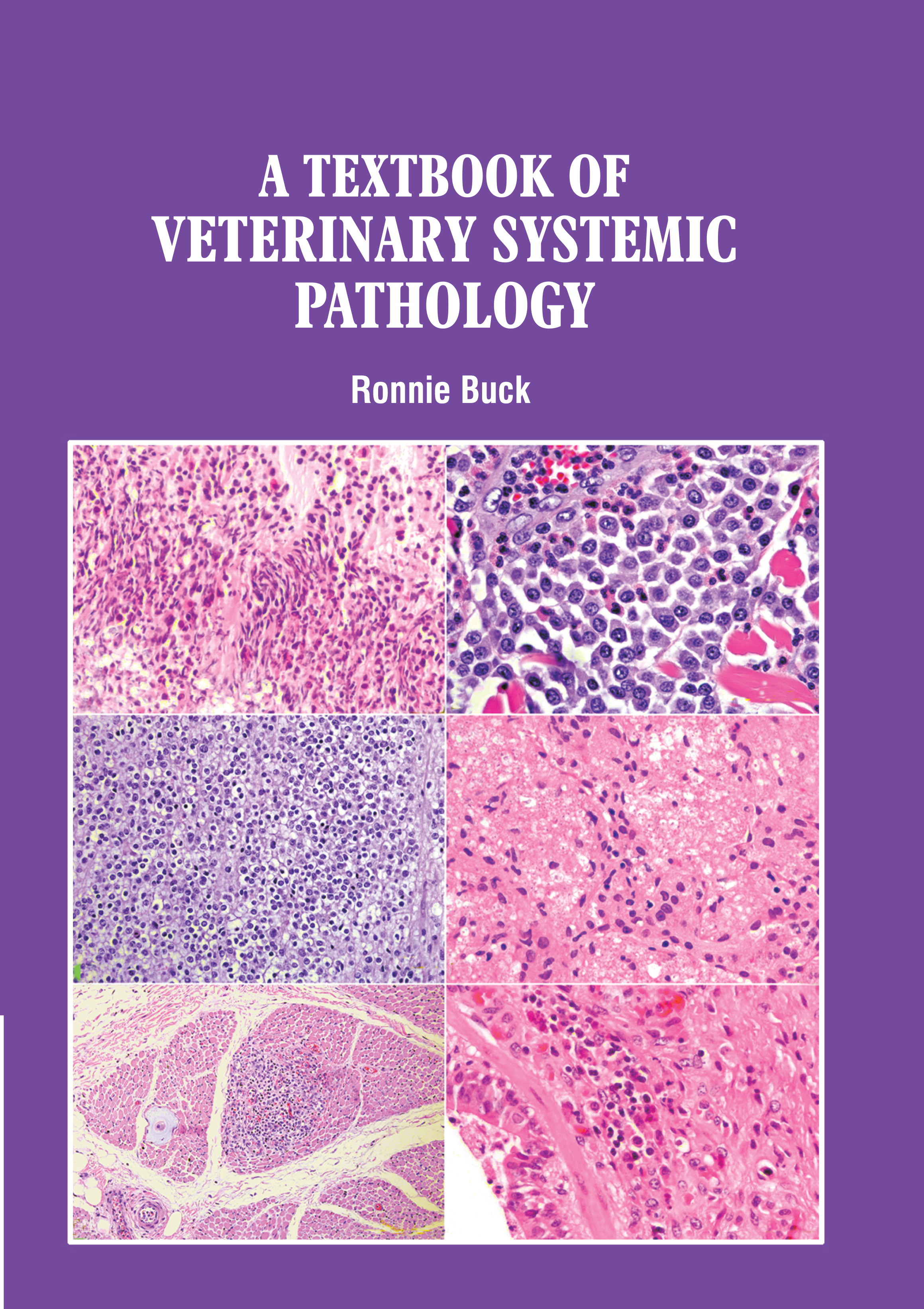
A Textbook of Veterinary Systemic Pathology
by Ronnie Buck
| ISBN | 9789372426748 |
|---|---|
| Publisher | Digital Drive Learning |
| Copyright Year | 2026 |
| Price | $269.00 |

by Ronnie Buck
| ISBN | 9789372426748 |
|---|---|
| Publisher | Digital Drive Learning |
| Copyright Year | 2026 |
| Price | $269.00 |
In order to prevent the introduction of pathogens, one must understand how pathogens find their way onto backyard, hobby, and large corporate poultry or livestock operations. The spread of pathogens is primarily caused by the movement of animals, people, and contaminated equipment. Therefore, you can help prevent the spread of pathogens by controlling the movement of people and animals and avoiding contact with any potentially-contaminated equipment or objects. Definitive diagnosis of the causes of various skin diseases requires a detailed history, physical examination, and appropriate diagnostic tests. Many skin diseases look alike, and a definitive diagnosis is made over time by including or excluding possible causes, evaluating responses to therapy, and/or process of elimination. Animals may be injured or die from the attacks by something as large and dangerous as a coyote or wolf to something just as dangerous, but only as small, as a molecule. Bluetongue disease or catarrhal fever is a non-contagious, insect-borne, viral disease of ruminants, mainly sheep and less frequently cattle, goats, buffalo, deer, dromedaries and antelope. It is caused by the Bluetongue virus (BTV). The virus is transmitted by the midge Culicoides imicola and other culicoids. The field veterinarians will also find it useful in their day to day routine work of diagnosing the diseases, identification of the causative agents and thereby suggesting the effective therapeutic and preventive measure to contain the livestock and animal diseases.